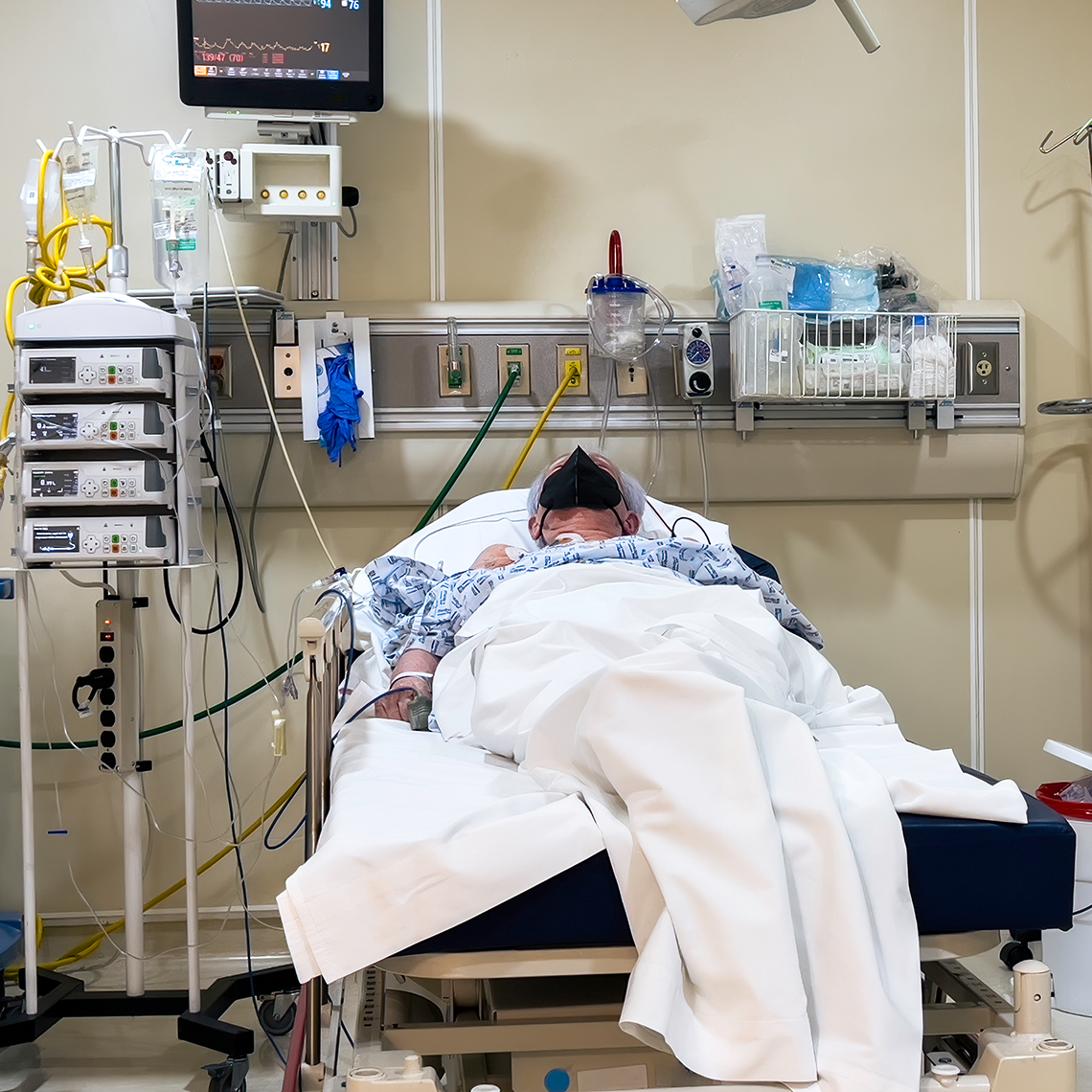Case Study
Multiple Missed Steps Delay Breast Cancer Diagnosis

Description
Two years after her initial complaint of a breast lump, a 36-year-old patient with a positive family history of breast cancer was herself diagnosed with metastatic cancer.
Key Lessons
- Soliciting and updating a patient’s family history—especially regarding cancer—is a primary step in patient care and patient safety.
- Communicating the reasoning behind a referral or test requisition enables the patient and the specialist to assess the nature, importance, and urgency of the request.
- The CRICO Breast Care Management Algorithm is a useful decision support tool for primary care providers.
Clinical Sequence
During a September 2003 appointment with her gynecologist for a self-detected breast lump (left side), the 36-year-old patient’s physical exam was normal. The gynecologist ordered a mammogram, but did not indicate breast complaint on the order.
The mammogram, in January 2004, was read as “normal,” but the report noted “very dense stromal pattern” which reduces the sensitivity of the study for detection of cancer. The radiologist did not recommend an ultrasound. The gynecologist received the report read as “normal” with no recommendation for further testing.
Nine months later (October 2004), the patient presented to her gynecologist, again complaining of a (left) breast lump. The physician felt the lump on exam and ordered a mammogram and a surgical consult. Subsequent work up with ultrasound, digital mammogram, and biopsy revealed breast cancer. The patient underwent a radical mastectomy and axillary node dissection, and subsequently was found to have metastases to the spine.
This patient had a positive family history of breast cancer, which was not documented until after her diagnosis.
Allegation
The patient sued the radiologist alleging that a delayed diagnosis of cancer left her with a poorer prognosis. The gynecologist was not named in the suit.
Disposition
This case was settled in excess of $1 million.
Discussion Points
Process Failures
- Failure to document key information regarding new clinical problems
- Failure to employ clinical guidelines or a decision support tool
- Failure to take an adequate history
- A narrow diagnostic focus led to a wrong or incorrect decision
- Failure to order an appropriate diagnostic test/image
1. Documentation: Family History
Risk: At the time of the initial complaint, the gynecologist either did not assess or failed to document the patient’s family history of breast cancer.
Recommendation: Solicit and update a patient’s family history—especially regarding cancer—as a primary step in patient care and patient safety.
Opportunity: CRICO’s Breast Care Management Algorithm offers guidance for primary care providers managing patients for both screening and complaints.
2. Communication
Risk: The order for the mammogram did not communicate the reason for the test; thus the patient underwent a screening procedure rather than a diagnostic one.
Recommendation: Communicate the reasoning behind a referral or test requisition (including complaint and family history). This enables the patient and the specialist to appropriately assess the nature, importance, and urgency of the request.
Opportunity: Review or audit past orders to identify gaps in this practice.
3. Clinical Judgment: Test Order
Risk: An ultrasound was not ordered at the time of the complaint
Recommendation: Per CRICO’s Breast Care Management Algorithm, a patient >30 with a breast mass should undergo an ultrasound.
Opportunity: Education and implementation of CRICO’s Breast Care Management Algorithm re: protocol for patient >30 with breast complaint.
4. Clinical Judgment: Abnormal Findings
Risk: Based on a narrow diagnostic focus of a screening mammogram, the radiologist did not order a subsequent ultrasound when the results showed a “dense stromal pattern.”
Recommendation: Ensure that abnormal or questionable findings are worked up further.
Opportunity: Education and implementation of CRICO’s Breast Care Management Algorithm re: education on hospital policies on findings and additional testing.
This is a fictitious case that illustrates commonly encountered issues and is for educational purposes only. Any resemblance to real persons, living or dead, is purely coincidental.
See More MPL Cases
Medication Mix-up Contributes to Patient’s Death


Incidental Does Not Mean Insignificant

When Test Results Go Unspoken

